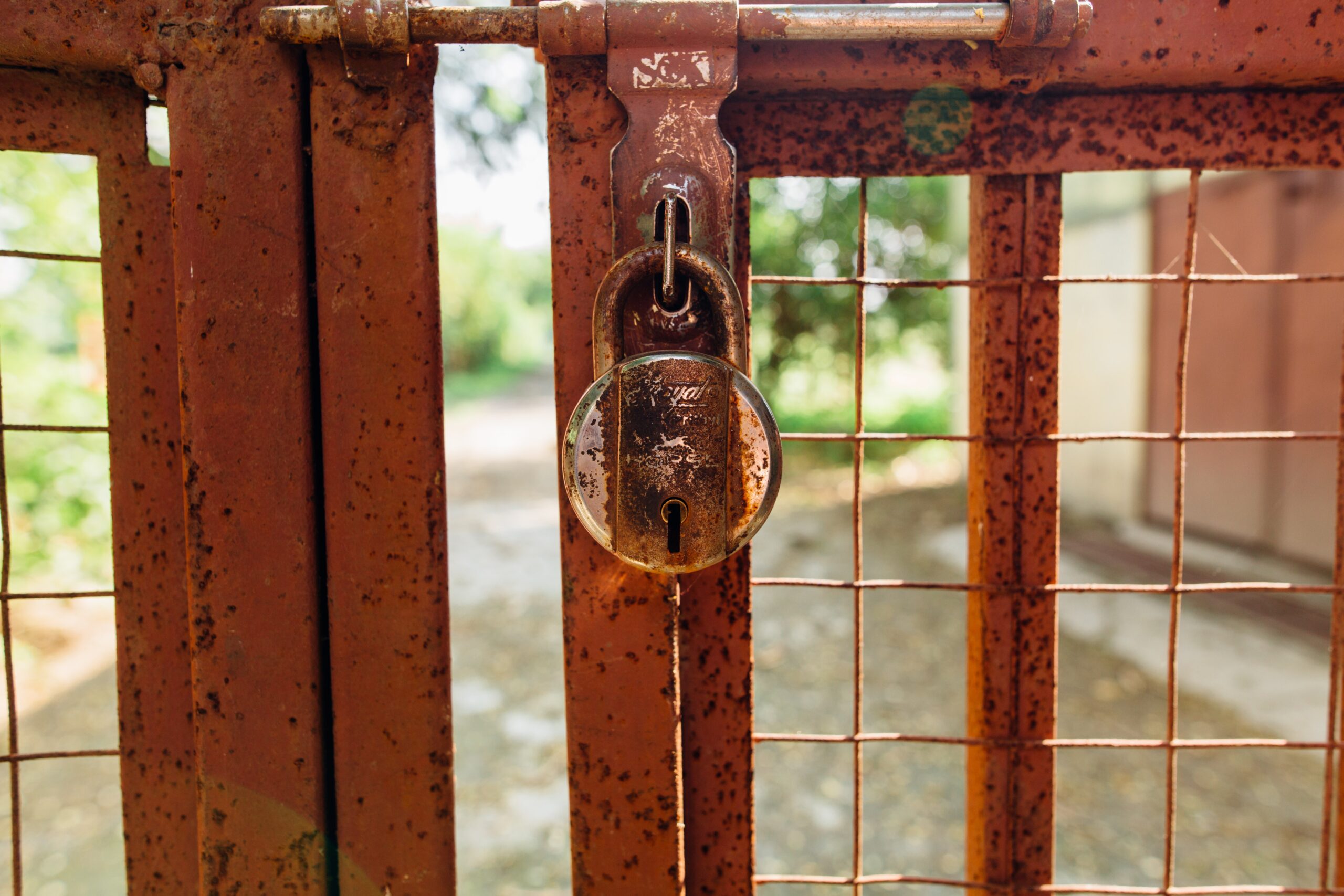
By Team Lead Marcia Spicer
In a world where technology evolves at lightning speed, preserving your company’s legacy and the documents and artifacts that create your story can be a daunting task. Whether it’s decades-old documents, photographs, or digital files, maintaining an organized and accessible archive is essential. Here are six (6) realistic tips to guide you through the journey of digital preservation and archiving.
1. Assess Your Current Situation
Conduct an audit of your current archives, including both physical and digital assets. Identify what’s important, what’s obsolete, and what needs immediate attention. This assessment will give you a clear picture of the scope of your project.
If necessary, employ an archivist for this assessment. They have the expertise and can provide you with sound recommendations.
Do you have a clear process for your people to follow? Any plan for digital preservation is only as effective as the people who may, or may not, follow that plan. Be realistic about time and money investments. Learn best practices and get as close to them as you can.
2. Prioritize and Categorize
Not all data is created equal and how you handle each type may need to be different. Some information might be crucial for legal and compliance reasons, while other data may hold sentimental value or historical significance. Prioritize your materials based on their importance to your business. Then, categorize them effectively for easy retrieval and use.
3. Partner with Professionals
Digitizing large volumes of data can be overwhelming. When the time comes to digitize, consider partnering with a professional digital preservation service. They have the expertise and the tools to digitize, categorize, and preserve your corporate history.
Many organizations have tried—and failed—to digitize collections in-house. When planning your project, consider a few factors. Who is going to conduct the digitization? What equipment is available to them? Are those resources sufficient to get the job done, and done right?
4. Implement a DAM System
A well-organized digital archive management system (DAMS) is key to preserving your corporate history. Look for a system that allows you to tag, search, and retrieve documents easily. Also, consider a system that is accessible via the cloud. This is helpful in preparing for and recovering from disaster and means the collection can be accessed from anywhere.
When choosing a DAMS solution:
- identify all the features your organization may need. It is easier to remove requirements than to add them to the list later.
- Prioritize your list in order of importance
- Look at several alternative solutions.
- Consult an Archival company to leverage their expertise.
5. Maintain and Update Regularly
Digital preservation and archiving is not a one-time project. It’s an ongoing commitment to ensure your documents and artifacts are preserved, maintained and are secure. Schedule regular updates and maintenance to keep your archive system running smoothly and ensure all new data are preserved correctly.
How is this done?
- Use checksums and other software to ensure that the digital content remains unaltered and authentic over time.
- Utilize formats and storage media that is sustainable. Best practices include SSD hard drives and cloud storage. Steer clear of legacy media like CD-ROM, VHS, and microfilm.
- Make several copies of digital materials and store them in different places. This reduces the risk of complete data loss. Conduct check sums against copies and act quickly to replace corrupted or damaged files.
- Maintain their accessibility. Users should be able to access the essential message or purpose of the digital content.
Remember, digital preservation is a proactive effort. It involves planning, resource allocation, and continuous monitoring and management to ensure the enduring value of digital information.
6. Plan for the Future
Technology keeps evolving, and so should your digital preservation and archival strategy. Stay informed about new technologies and trends in digital preservation and archiving, and adapt your strategy as needed.
Digital preservation and archiving is a crucial aspect of securing your company’s legacy. With careful planning, professional assistance, and a commitment to regular maintenance, you can create a robust, accessible digital archive that stands the test of time. Remember, the past shapes the future; by preserving your history, you’re paving the way for continued success.






